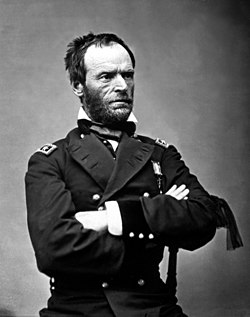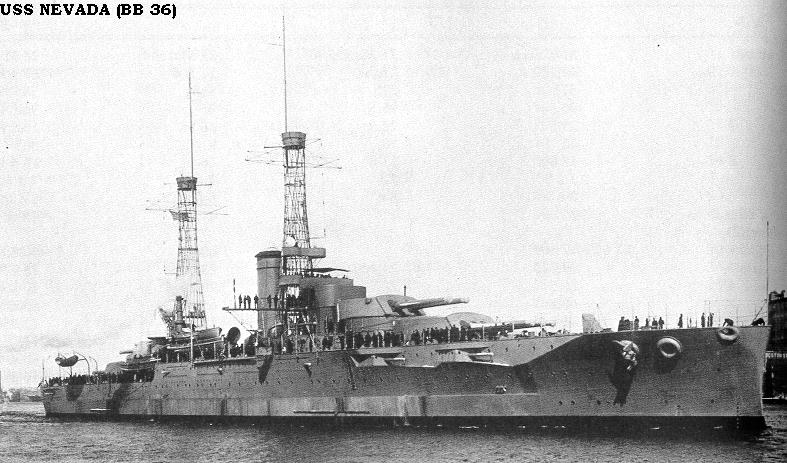Everything began during the American Civil War, when the Union and the Confederacy were fighting eachother for dominance in North America. After the Union won in 1865, several power generals of the Union Army, like Ulysses S. Grant and his close friend William Tecumseh Sherman were planning to take control of the United States of America and instaurate a military regime.
They succeded, and Grant became president and Chief of Joint Staffs while Sherman was his right hand, taking the vice presidency. The new regime started a massive rebuilding program of the war damaged areas, which brought popular support to the leader.
Also, Grant and Sherman took a more interventionist stand in international affairs.


Ulysses Grant and William Sherman,
the first leaders of post-civil war United States
After the death of Ulysses Grant in 1885, William Sherman took the seat of President Dictator of The United States of America with John Schofield as vice president. Sherman's rule lasted for 6 years, until his death at the age of 71. John Schofield became the 3rd dictator soon after that.
Schofield ruled for 4 years, until 1906, when he died. A power struggle between several high ranking generals began after that, leading to the Purge of 1906 when 14 generals were assasinated. After the purge, General Leonard Wood became president of the United States of America, and so the aar begins. . .
In 1914, the United States of America was the most economically powerful in the world after Wood's economical reforms of 1910.

The Ruling Cabinet of 1914
Leonard Wood - President Dictator of the United States of America and Chief of Staff of the United States Armed Forces.
John Joseph Pershing - Vice-President Dictator of the United States of America, Leader of the United States Armaments Department and General of the United States Army.
Tasker Howard Bliss - High ranking officer of the United States Army and Leader of Foreign Affairs Department.
Hugh Lenox Scott - High ranking officer of the United States Army and Leader of National Security Department.
Ralph Henry Van Deman - Chief of United States Army Intelligence Section
William Wallace Wotherspoon - Chief of Staff of the United States Army
William Shepherd Benson - Chief of Naval Operations
William "Billy" Mitchell - Chief of United States Army Air Service
They succeded, and Grant became president and Chief of Joint Staffs while Sherman was his right hand, taking the vice presidency. The new regime started a massive rebuilding program of the war damaged areas, which brought popular support to the leader.
Also, Grant and Sherman took a more interventionist stand in international affairs.


Ulysses Grant and William Sherman,
the first leaders of post-civil war United States
After the death of Ulysses Grant in 1885, William Sherman took the seat of President Dictator of The United States of America with John Schofield as vice president. Sherman's rule lasted for 6 years, until his death at the age of 71. John Schofield became the 3rd dictator soon after that.
Schofield ruled for 4 years, until 1906, when he died. A power struggle between several high ranking generals began after that, leading to the Purge of 1906 when 14 generals were assasinated. After the purge, General Leonard Wood became president of the United States of America, and so the aar begins. . .
In 1914, the United States of America was the most economically powerful in the world after Wood's economical reforms of 1910.

The Ruling Cabinet of 1914
Leonard Wood - President Dictator of the United States of America and Chief of Staff of the United States Armed Forces.
John Joseph Pershing - Vice-President Dictator of the United States of America, Leader of the United States Armaments Department and General of the United States Army.
Tasker Howard Bliss - High ranking officer of the United States Army and Leader of Foreign Affairs Department.
Hugh Lenox Scott - High ranking officer of the United States Army and Leader of National Security Department.
Ralph Henry Van Deman - Chief of United States Army Intelligence Section
William Wallace Wotherspoon - Chief of Staff of the United States Army
William Shepherd Benson - Chief of Naval Operations
William "Billy" Mitchell - Chief of United States Army Air Service
- 1





















